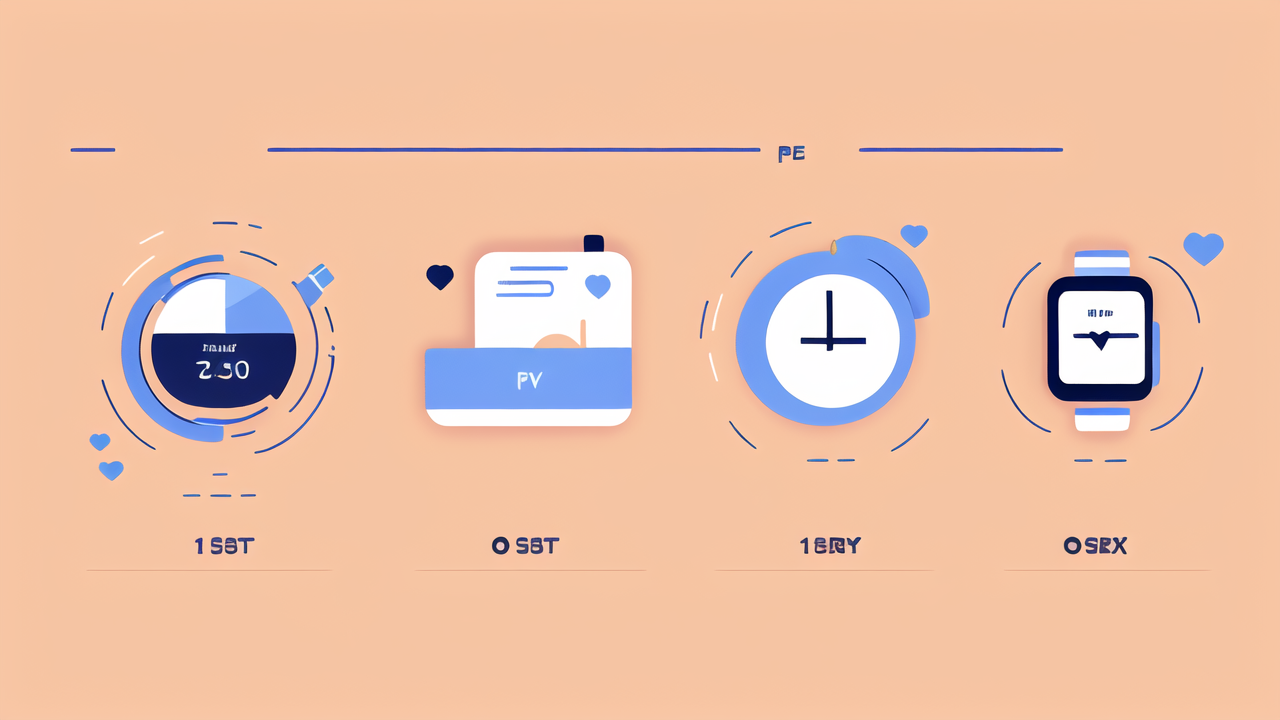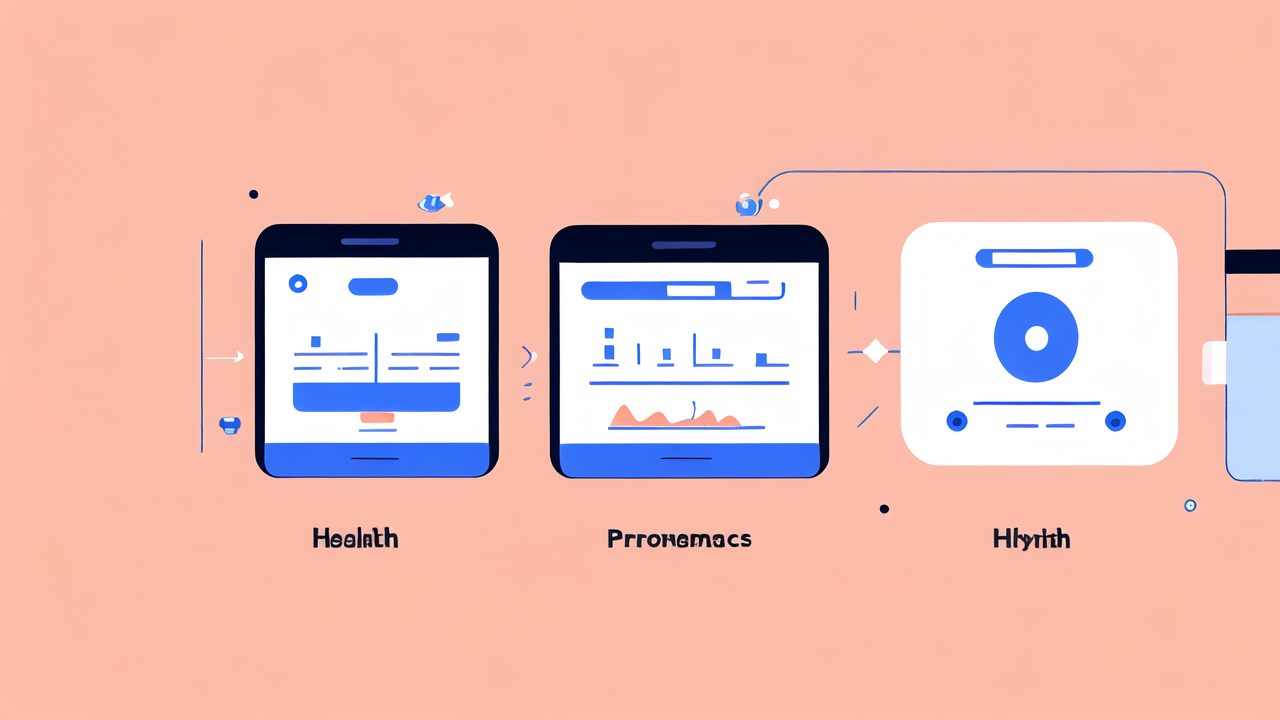The History of Pulse Watches and Their Impact on Health
The Inception of Pulse Watches in the United States
Pulse watches first appeared in the United States in the late 1970s. They were a game-changer for fitness enthusiasts. These devices allowed users to monitor their heart rate during exercise. Early models required users to stop and place their fingers on sensors. This was not ideal for continuous monitoring.

Polar Electro introduced the first wireless heart rate monitor in 1977. It was a breakthrough in wearable technology. Athletes could now track their heart rate in real-time without interrupting their workout. This innovation paved the way for modern fitness trackers.
Milestones in Pulse Watch Technological Advancements
As technology progressed, so did pulse watches. In the 1980s, watches began to incorporate more features. They could now calculate calories burned and track exercise duration. The 1990s saw the introduction of GPS technology in wearables. This allowed for accurate distance and speed tracking.
The early 2000s brought significant improvements in battery life and data storage. Watches could now store workout data for later analysis. Bluetooth connectivity became standard, enabling easy data transfer to computers and smartphones. These advancements made pulse watches more user-friendly and data-rich.
The Role of Pulse Watches in Health Care and Wellness
Pulse watches have played a crucial role in health care and wellness. They've empowered individuals to take control of their fitness. Users can now monitor their heart health and adjust their workouts accordingly. This has led to more effective and safer exercise routines.
In healthcare, pulse watches have become valuable tools for managing chronic conditions. They help patients with heart problems monitor their condition daily. Doctors can use this data to make more informed decisions about treatment. Pulse watches have also motivated people to be more active, contributing to overall wellness.
Current Trends in the Wearable Fitness Technology Market
The Rise of Smart Fitness Trackers
Smart fitness trackers have evolved from simple pulse watches. They now offer a wide range of features beyond heart rate monitoring. Modern trackers can measure:

- Steps taken
- Calories burned
- Sleep quality
- Stress levels
- Blood oxygen levels
These devices often come with companion apps for smartphones. The apps provide detailed analysis and personalized insights. Many trackers also offer smartwatch features like notifications and music control. This combination of fitness and lifestyle features has made them popular among consumers.
Integration of Artificial Intelligence and Machine Learning
AI and machine learning are transforming smart fitness trackers. These technologies analyze user data to provide personalized recommendations. They can detect patterns in sleep, activity, and heart rate. This helps users understand their health trends better.
AI-powered virtual coaches are becoming common in fitness apps. They offer tailored workout plans and real-time feedback. Machine learning algorithms can predict potential health issues based on data trends. This proactive approach to health monitoring is a significant advancement in wearable technology.
The Growing Importance of Compatibility and Ecosystems
Compatibility has become a key factor in the wearable market. Users want devices that work seamlessly with their smartphones and other gadgets. Many fitness trackers now support both iOS and Android platforms. This cross-platform compatibility has expanded their market reach.
Ecosystems are also becoming increasingly important. Companies are creating interconnected product lines. For example, Apple's Health app integrates data from various sources. This includes the Apple Watch, iPhone, and third-party apps. Such ecosystems provide a more comprehensive view of a user's health and fitness.
The Future of Wearable Technology and Health Monitoring
The Intersection of IoT and Wearable Devices
The Internet of Things (IoT) is set to revolutionize wearable technology. Future devices will likely connect to smart home systems and other IoT devices. This could lead to more comprehensive health monitoring. For example, a fitness tracker might communicate with a smart fridge. It could suggest healthier food choices based on your activity levels.

Wearables may also integrate with city infrastructure. They could provide real-time air quality data or suggest less polluted running routes. The possibilities for IoT-enabled wearables are vast. They promise to make our environments more responsive to our health needs.
Predictive Health Analytics and Personalized Medicine
Predictive health analytics is an exciting frontier for wearable technology. Future devices may be able to predict health issues before symptoms appear. They could analyze long-term trends in heart rate, sleep patterns, and activity levels. This data could help identify early signs of conditions like heart disease or diabetes.
Personalized medicine is another area where wearables could make a big impact. Devices might track how individuals respond to medications or treatments. This could help doctors tailor treatments more effectively. Wearables could also remind users to take medications or alert them to potential drug interactions.
Regulatory Considerations for Health Wearables
As wearables become more advanced, regulatory oversight will likely increase. Agencies like the FDA are already considering how to regulate health-related wearables. They need to balance innovation with consumer safety. Privacy concerns are also a major issue. Regulations will need to address how health data is collected, stored, and shared.
Future wearables may require clinical validation for certain health claims. This could lead to a new category of "medical-grade" wearables. These devices would undergo rigorous testing to ensure accuracy. As wearables play a larger role in healthcare, clear regulations will be crucial. They will help ensure these devices are safe, effective, and respect user privacy.




Leave a comment
This site is protected by hCaptcha and the hCaptcha Privacy Policy and Terms of Service apply.